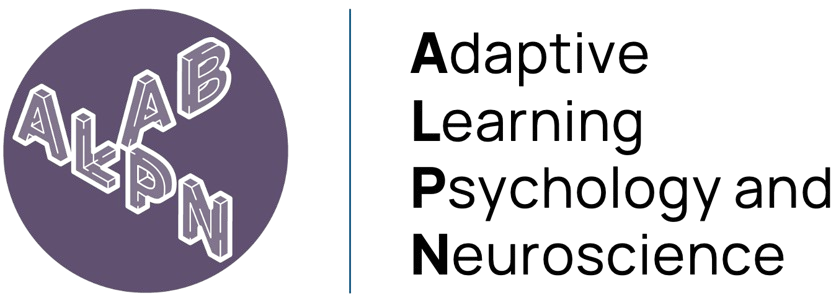Resources
Here are a selection of resources available to help with this course as well as more generally.
Textbooks
- Kabacoff, R. (2015). R in Action, 2nd Ed. Manning Publications.
- Wickham, H., & Grolemund, G. (2017). R for Data Science. O’Reilly Media.
- Poldrack, R. A. (2019). Statistical Thinking for the 21st Century. http://statsthinking21.org/
- Lambert, B. (2018). A Student’s Guide to Bayesian Statistics. Sage.
- McElreath, R. (2020). Statistical Rethinking: A Bayesian Course with Examples in R and Stan, 2nd Ed. CRC Press.
- Kruschke, J. K. (2015). Doing Bayesian Data Analysis: A Tutorial with R, JAGS, and Stan, 2nd Ed. Academic Press.
- Pruim, R. (2019). (Re)Doing Bayesian data analysis. https://rpruim.github.io/Kruschke-Notes/
- Gelman, A., Carlin, J. B., Stern, H. S., Dunson, D. B., Vehtari, A., & Rubin, D. B. (2013). Bayesian Data Analysis, 3rd Ed. Chapman and Hall/CRC.
It is recommended that beginners to Bayesian statistics should work their way down from this list starting with A Student’s Guide to Bayesian Statistics, whilst those with some experience should start with Statistical Rethinking: A Bayesian Course with Examples in R and Stan.
- Farrell, S., & Lewandowsky, S. (2018). Computational Modeling of Cognition and Behavior. Cambridge University Press.
- Lee, M. D., & Wagenmakers, E. J. (2014). Bayesian Cognitive Modeling: A Practical Course. Cambridge University Press.
Journal articles
Ahn, W. Y., Haines, N., & Zhang, L. (2017). Revealing neurocomputational mechanisms of reinforcement learning and decision-making with the hBayesDM package. Computational Psychiatry, 1, 24-57. https://doi.org/10.1162/CPSY_a_00002
Baribault, B., & Collins, A. G. E. (2023). Troubleshooting Bayesian cognitive models. Psychological Methods. https://doi.org/10.1037/met0000554
Daw, N. D. (2011). Trial-by-trial data analysis using computational models. Decision Making, Affect, and Learning: Attention and Performance XXIII, 23, 3-38. https://doi.org/10.1093/acprof:oso/9780199600434.003.0001
Etz, A., Gronau, Q. F., Dablander, F., Edelsbrunner, P. A., & Baribault, B. (2018). How to become a Bayesian in eight easy steps: An annotated reading list. Psychonomic Bulletin & Review, 25(1), 219-234. https://doi.org/10.3758/s13423-017-1317-5
Kruschke, J. K., & Liddell, T. M. (2018). Bayesian data analysis for newcomers. Psychonomic Bulletin & Review, 25(1), 155-177. https://doi.org/10.3758/s13423-017-1272-1
Lockwood, P. L., & Klein-Flügge, M. C. (2021). Computational modelling of social cognition and behaviour—a reinforcement learning primer. Social Cognitive and Affective Neuroscience, 16(1-2), 1-11. https://doi.org/10.1093/scan/nsaa040
Wagenmakers, E. J., Marsman, M., Jamil, T., Ly, A., Verhagen, J., Love, J., Selker, R., Gronau, Q. F., Šmíra, M., Epskamp, S., Matzke, D., Rouder, J. N., & Morey, R. D. (2018). Bayesian inference for psychology. Part I: Theoretical advantages and practical ramifications. Psychonomic Bulletin & Review, 25(1), 35-57. https://doi.org/10.3758/s13423-017-1343-3
Wilson, R. C., & Collins, A. G. E. (2019). Ten simple rules for the computational modeling of behavioral data. eLife, 8, Article e49547. https://doi.org/10.7554/eLife.49547
Zhang, L., Lengersdorff, L., Mikus, N., Gläscher, J., & Lamm, C. (2020). Using reinforcement learning models in social neuroscience: Frameworks, pitfalls and suggestions of best practices. Social Cognitive and Affective Neuroscience, 15(6), 695-707. https://doi.org/10.1093/scan/nsaa089
Online cognitive modeling tutorials
- Neuromatch Academy Computational Neuroscience Course A wide-spanning curriculum that covers most areas of computational neuroscience (Python based).
- Behavioural Modeling A two-part course covering how to model cognitive behaviour using MATLAB. By Hanneke den Ouden (Donders Institute, Nijmegen) and Jill O’Reilly (Oxford University).
- Computational Models of Human Social Behavior and Neuroscience An introductory course to the computational modeling of social behaviour for those with no prior programming experience needed (Python based). By Shawn Rhoads (Icahn School of Medicine).
- NivStan A guide to getting started in Stan with tutorials written by the Niv Lab at Princeton (uses PyStan, the Python interface to Stan).
Websites
- The Stan Forums: the community hub where users can ask questions, share code, and discuss implementation details of Stan models
- DataCamp: a resource for interactive online courses that cover Bayesian statistics and Stan programming
- The distribution zoo: an interactive tool to build intuitions about common probability distributions.
- Probability distribution explorer: another interactive tool on probability distributions, with code in Python and Stan.
- Michael Betancourt’s blog post: comprehensive case studies using Stan.
